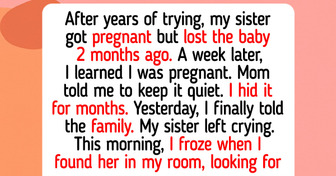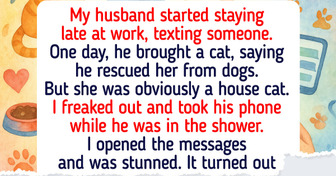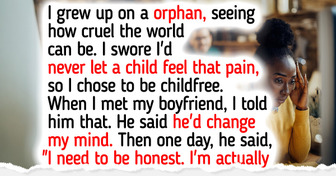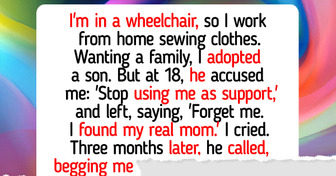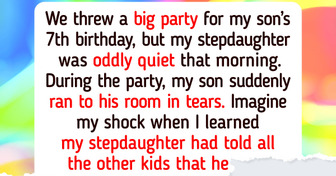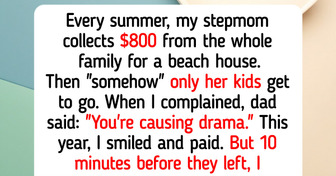My Parents Said I Was Too Irresponsible to Own a Home, Now They’re Begging to Live in It
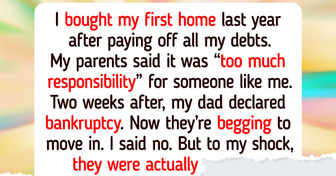
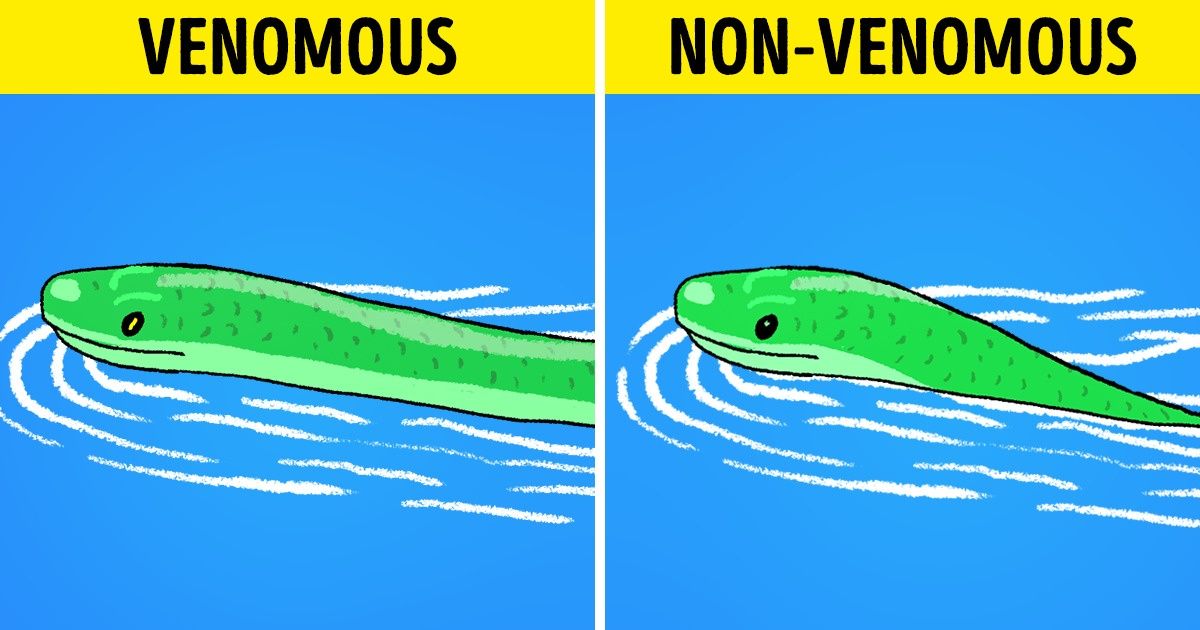
Very few people would call an encounter with a snake pleasant, even if it’s just a harmless grass snake. But an encounter with a venomous snake can lead to health problems or even death. Almost every region of the world has its own venomous species, and it wouldn’t be a bad idea to learn more about them. There are also some specific signs that can help you to distinguish whether the snake is venomous or not.
At Bright Side, we’ve decided to share these signs with you along with the pattern of behavior you need to follow in order to avoid dangerous consequences after an encounter with a venomous snake.
Herpetologists explain specific differences between venomous and non-venomous snakes. However, there are so many species of snakes in the world that there can be certain exceptions. Nevertheless, these are some general differences that you should be aware of.
1. Eyes
Non-venomous snakes have round pupils, while venomous ones have vertical pupils. However, there are some exceptions: the black mamba (Africa), cobra (Africa, Middle East, Asia), and taipan (Australia) snakes have round pupils.
It’s interesting that some non-venomous snakes can change the shape of their pupils in moments of danger. A mock viper, for instance, can do this.
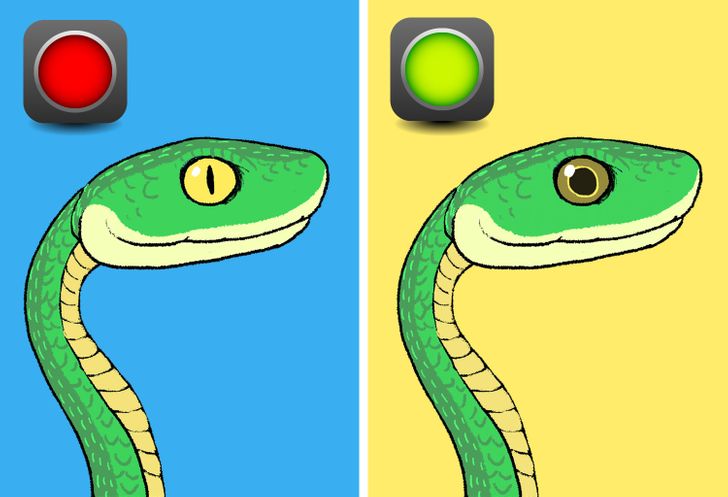
2. A venomous snake normally has a heat-sensitive pit between its eyes and nostrils to locate warm-blooded prey.
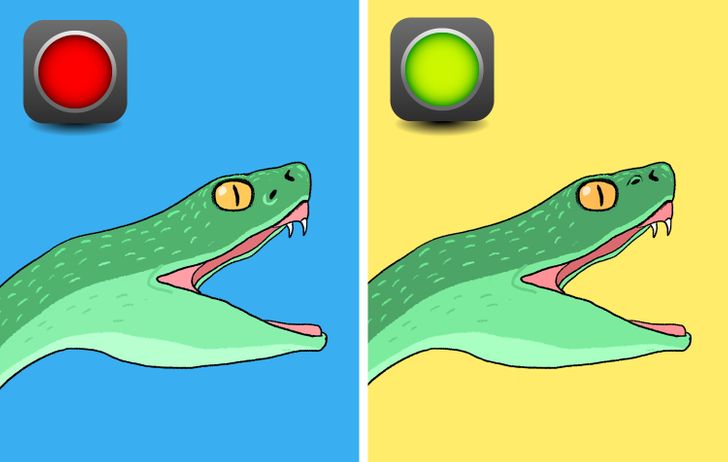
3. Most venomous snakes have a triangular shaped head wider than their necks. Non-venomous snakes’ heads are usually rounded.
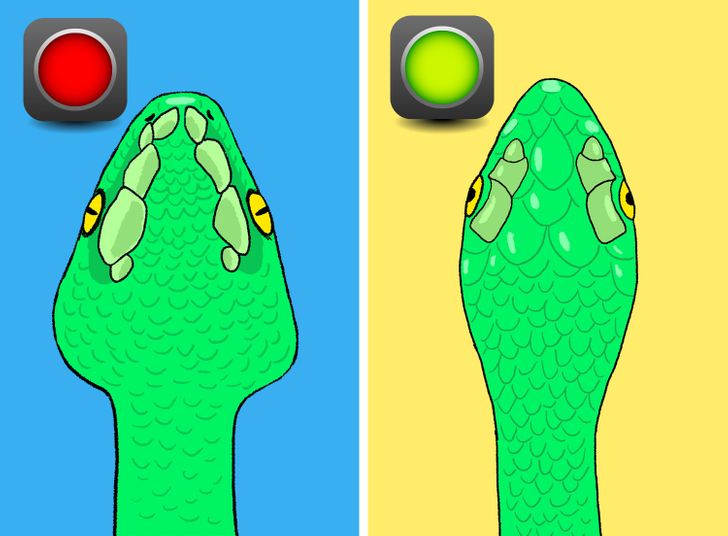
4. Venomous snakes usually have a single row of scales at the end of their tails while non-venomous ones have a visible line separating 2 rows of scales at the end of their tails.
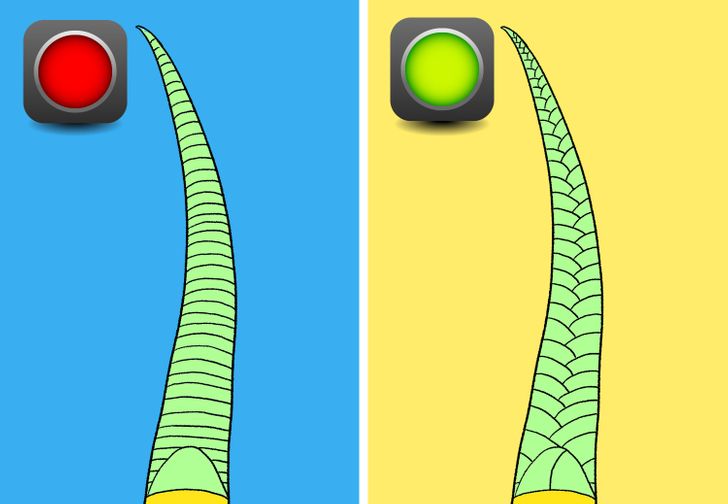
5. Venomous snakes often have bright colors and can also hiss, rattle (rattlesnakes) or behave aggressively. The exceptions are scarlet kingsnakes and milk snakes.
6. Vipers and grass snakes look like each other but you can distinguish them by the following signs: a grass snake has a yellow collar around its neck while a viper has a dark zigzagging line down its back.
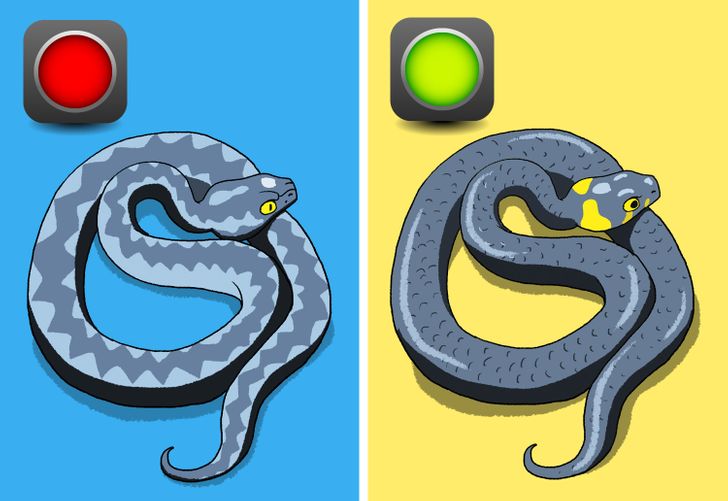
7. If a snake has a diamond-shaped pattern on its skin or it has 3 colors, it’s usually venomous.
8. Venomous water snakes swim with their entire bodies visible above the water while non-venomous snakes keep their bodies under water.
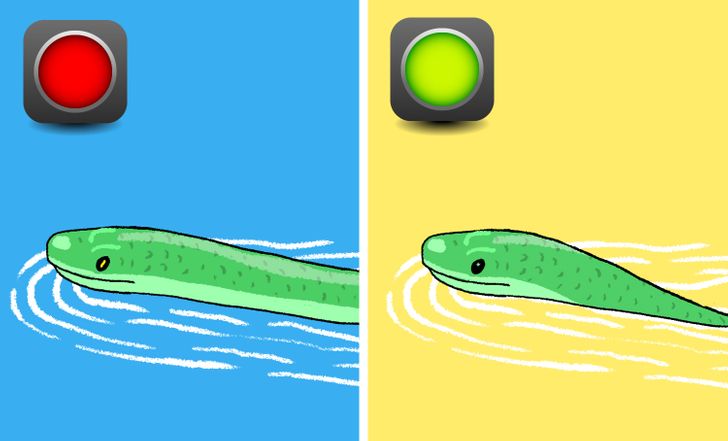
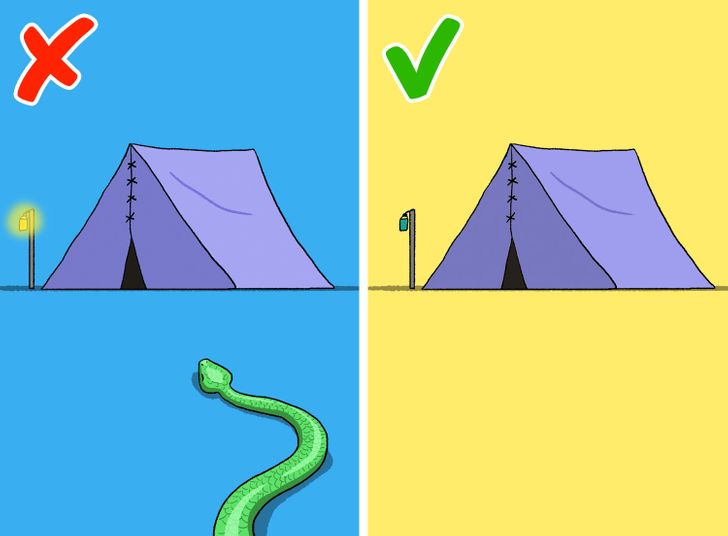
While being in the countryside, you should remember that snakes can be anywhere and you should take the following precautionary measures:
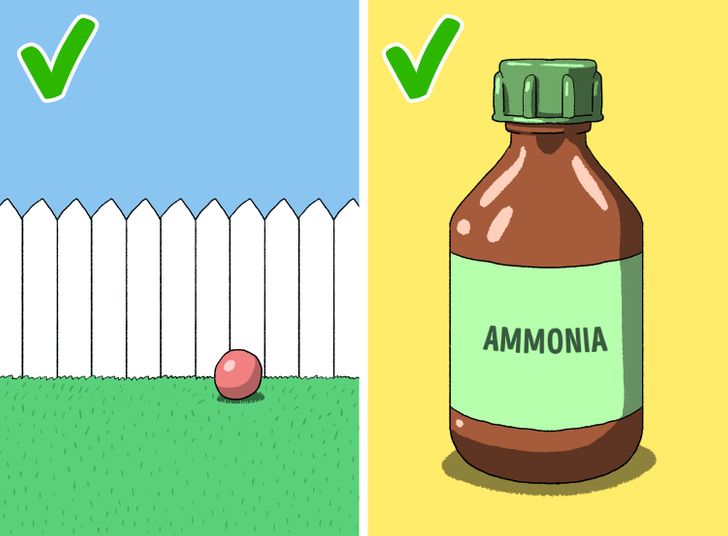
If this happens you must follow these rules to put your health in as little harm as possible.
Here are some of the symptoms you can expect after getting bitten by a venomous snake:
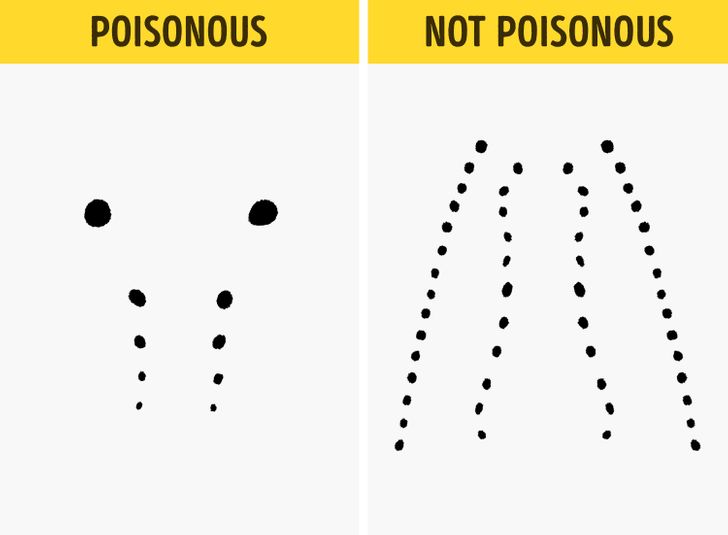
Snake venom has different effects on humans. For instance, if you’ve been bitten by a common viper it probably won’t be fatal if you’re an adult, but either way, you need to seek medical attention immediately. The biggest threat from a snake bite is usually connected with allergic reactions to venom, which is why you need to have antihistamines in your first-aid kit.
Before an ambulance arrives or before you can reach the hospital, do the following:
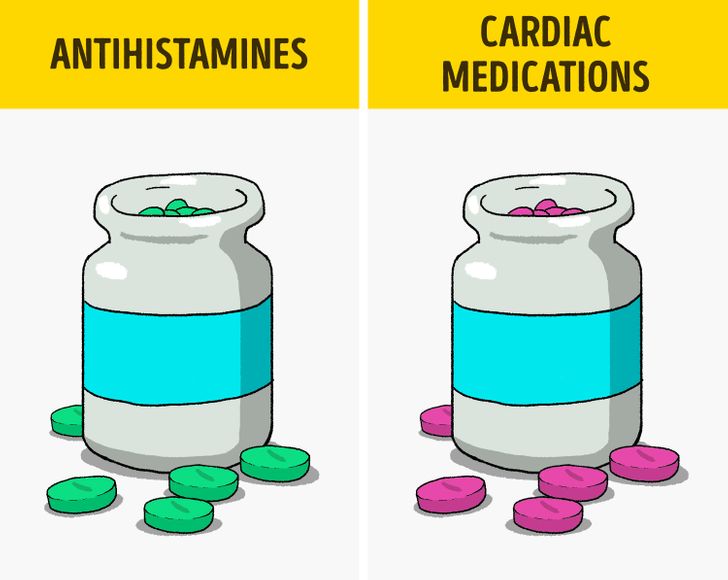
You must not do the following:
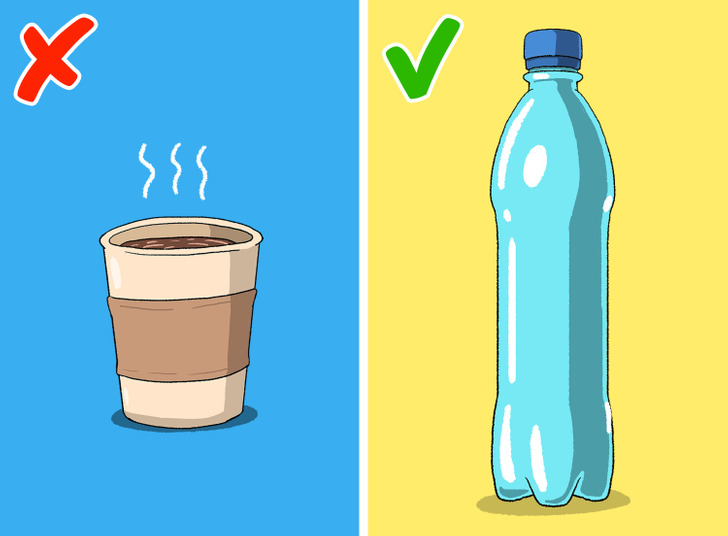
There is a debate over whether it’s worth sucking the venom out or not. Generally, however, it’s best to get professional help, and actions like trying to suck out the venom, or even applying ice or a tourniquet, can delay this.
If the snake died, you can carefully (without touching it with your bare hands), put it inside a few plastic bags and send it to be researched.
We hope you found these tips useful and won’t have to apply them in reality.
Have you ever encountered snakes? How did you behave? Tell us in the comments below.

